You know that saying about how product managers put products on the shelves and product marketers get them off? I hate it.
Not because it's entirely wrong (there's some truth there) but because it completely ignores half of what we do as product marketers. It creates this artificial divide between product management and product marketing when, in reality, we need to work hand in hand throughout the entire development process.
After spending over a decade building product marketing teams at companies like Unbounce and Kajabi, I've discovered a framework that better captures the full scope of what product marketing really is. And no, it's not about your sales motion or go-to-market strategy. It's about understanding the two fundamental sides of product marketing: inbound and outbound.
This article is based on Tamara's appearance on the Product Marketing Life podcast. Catch the full episode right here 👇
What product marketing really means: Beyond the shelf analogy
Let me be clear upfront: When I talk about inbound and outbound product marketing, I'm not referring to your go-to-market motion. I'm not talking about how your sales team is structured. This is something entirely different.
I first encountered this framework over a year ago during a casual conversation with one of my PMM Camp community members who works at TikTok. When I asked how product marketing was structured there, he said they had two teams: inbound and outbound.
As someone who's spent years thinking about how to divide the function, allocate resources, and explain what we do, I was immediately intrigued.
After that conversation, I started researching. Companies like Amazon and Meta use these terms, but so do smaller organizations. What I discovered was a framework that finally captured the full breadth of product marketing, one that acknowledges the fact that we do far more than just "get products off shelves."
The inbound product marketer: Building the right thing
Inbound product marketing focuses on everything that happens before a product is ready to go to market. Think of it as the foundation: The research, insights, and strategic thinking that ensures we're building the right product for the right customer.
An inbound product marketer is essentially focused on:
- Insight collection and allocation: How do we gather competitive intelligence? What are the market trends? What's the size of our addressable market?
- Strategic product development: Which ponds should we be fishing in? What problems are worth solving?
- Cross-functional insight distribution: How do we ensure product managers have the right insights from the very beginning of the development process?
This isn't about living in the clouds or being purely theoretical. It's about making sure that when we do build something, it's grounded in real market understanding and customer needs.
Why inbound matters more than you think
Here's what I've learned from building teams at multiple companies: Without strong inbound product marketing, you end up in that all-too-familiar situation where product builds something in isolation, then tosses it over the wall for marketing to figure out how to sell. Sound familiar?
When I was at Unbounce, I actually built my teams around this concept without even realizing it. I'd always have what I called a "segmentation, pricing, and packaging research PMM". Essentially an inbound product marketer who served as an internal management consultant for the rest of the team.
The outbound product marketer: Bringing products to life
Outbound product marketing is what most people think of when they hear "product marketing." It's about taking a product that's approaching market readiness and figuring out how to successfully bring it to customers.
The outbound product marketer handles:
- Launch planning and execution: How do we bring the right stakeholders together? What's our launch strategy?
- Cross-functional alignment: How do we ensure customer-facing teams are prepared and aligned?
- Campaign coordination: How do we work with campaign teams to ensure everyone's singing from the same songbook?
- Post-launch adoption: How do we drive continued adoption within our customer base?
This is where that "getting products off the shelf" analogy actually makes sense, but only if you acknowledge it's just half the story.
How to know which side to prioritize
One of the most common questions I get is: "How do I know whether to focus on inbound or outbound?" The answer depends entirely on where you are in your product development lifecycle.
Pre-product market fit: Inbound takes priority
If you're pre-revenue or still searching for product-market fit, you should be heavily focused on inbound product marketing. You need to ensure you're building the right thing for the right people. There's no point spending resources on channel strategy and go-to-market motions before you even have a product that resonates.
Post-product market fit: Shift to outbound
Once you've found product-market fit, the pendulum swings. Now it's about putting fuel on the fire. Most of your effort shifts to outbound—figuring out how to reach more customers, refine your messaging, and scale your go-to-market engine.
But here's the thing: it's never entirely one or the other. Even mature companies need inbound work when they're:
- Entering new markets
- Building new products
- Repricing or repackaging existing offerings
Building your product marketing muscles
I often think of these as two different muscles that need to be developed. Some product marketers naturally excel at the research and analysis side—they love jumping into spreadsheets and uncovering insights. Others thrive on launches and go-to-market execution.
For the outbound-oriented PMM
If you're naturally drawn to launches and campaigns but want to strengthen your inbound skills:
- Choose one area to master first: Don't try to learn everything at once. Maybe start with competitive intelligence or market sizing.
- Find a mentor: Inbound skills often require more one-on-one coaching than outbound skills. Find someone who excels at the analytical side.
- Practice with bite-sized projects: Start with something small—maybe a four-hour analysis of a new vertical—before committing to larger research projects.
For the inbound-oriented PMM
If research and strategy are your strength but you want to improve your outbound execution:
- Study launches obsessively: Analyze what makes great launches work. Break down the components, the timing, the messaging.
- Reverse engineer products you admire: Take products you like and try to build messaging for different segments or use cases.
- Get comfortable with ambiguity: Outbound work often requires making decisions with incomplete information and iterating quickly.
Making the case for both sides
Here's the challenge: most organizations naturally value outbound product marketing more. It's visible, tangible, and directly tied to revenue. Inbound work? It's strategic, hidden, and often feels like "homework."
If you're struggling to get buy-in for inbound work, here's what I've found works:
Build allies in product: Start small. Ask a product manager, "What's something you'd love to know but don't have time to research?" Do that research. Do it well. Soon, they'll be advocating for more of your time.
Show, don't tell: Instead of asking for two weeks to do competitive research, spend a few hours on your own time creating a bite-sized insight. When people see the value, they'll ask for more.
Use success stories: Find examples of companies that do this well. Show concrete examples of how inbound work led to better products and better outcomes.
The future of product marketing
The most successful product marketers I know can flex both muscles. They understand when to dig deep into research and when to shift into execution mode. They know that being strategic doesn't mean living in the clouds—it means grounding every decision in real customer understanding while still moving fast enough to capture opportunities.
More importantly, they understand that product marketing isn't about artificial divides between functions. It's about partnership. As I like to think of it, PM and PMM should be like two campers on the first day of camp. Sometimes one takes the lead, sometimes the other, but they're always working together toward the same destination.
Moving beyond the shelf
So yes, I still hate that saying about shelves. But not because it's wrong—because it's incomplete. Product marketing is about so much more than just getting products into customers' hands. It's about ensuring we're building the right products in the first place, understanding our markets deeply, and creating go-to-market strategies that actually resonate.
Whether you're a solo product marketer trying to balance both sides or a leader building a team, remember this: inbound and outbound aren't separate disciplines: they're two sides of the same coin. Master both, and you'll be the kind of product marketer every company needs.
The question isn't whether you're an inbound or outbound product marketer. The question is: how can you develop both sets of muscles to drive real impact across the entire product lifecycle?





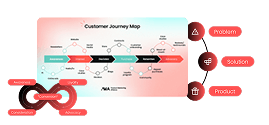
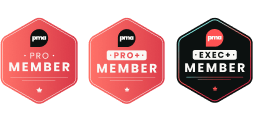



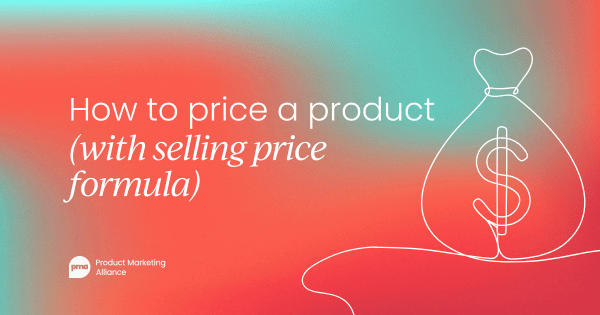

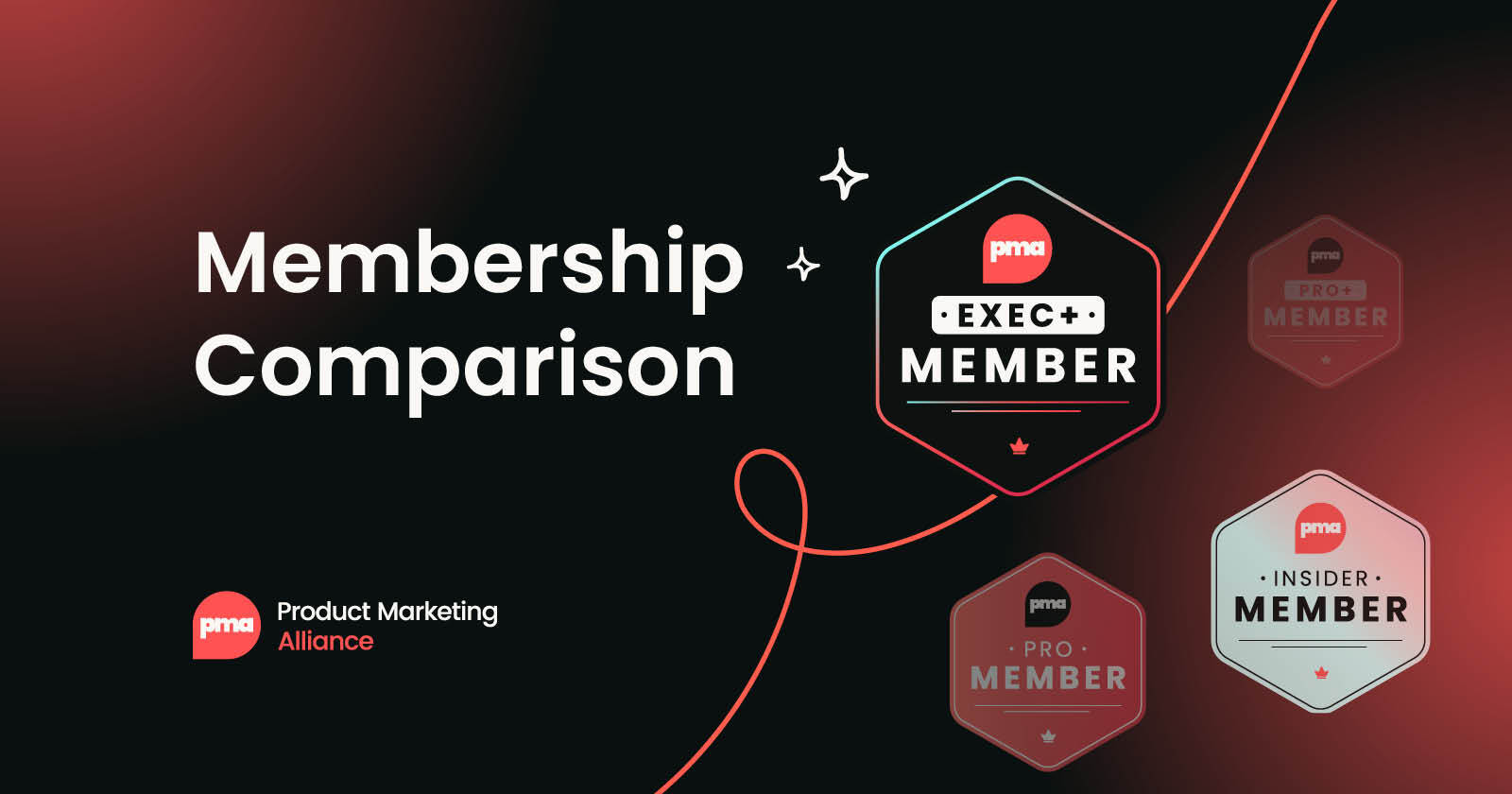

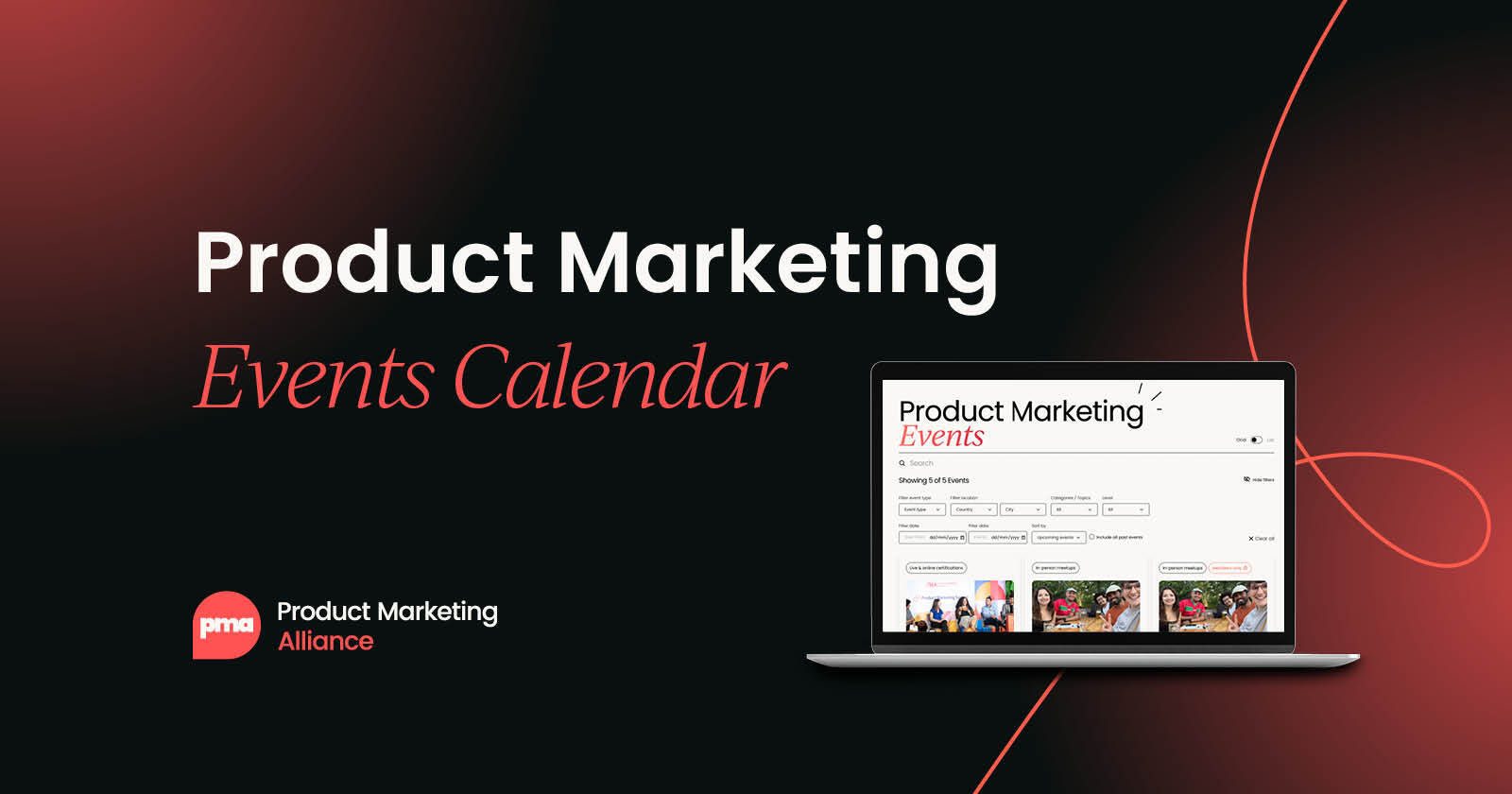


 Follow us on LinkedIn
Follow us on LinkedIn




.svg)
Start the conversation
Become a member of Product Marketing Alliance to start commenting.
Sign up now